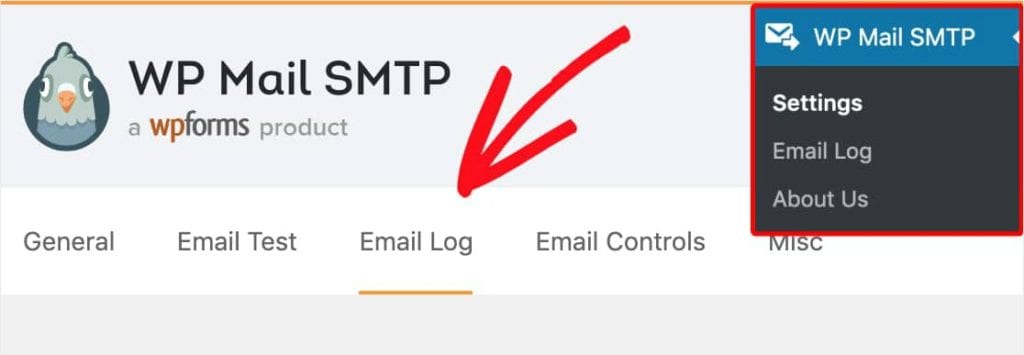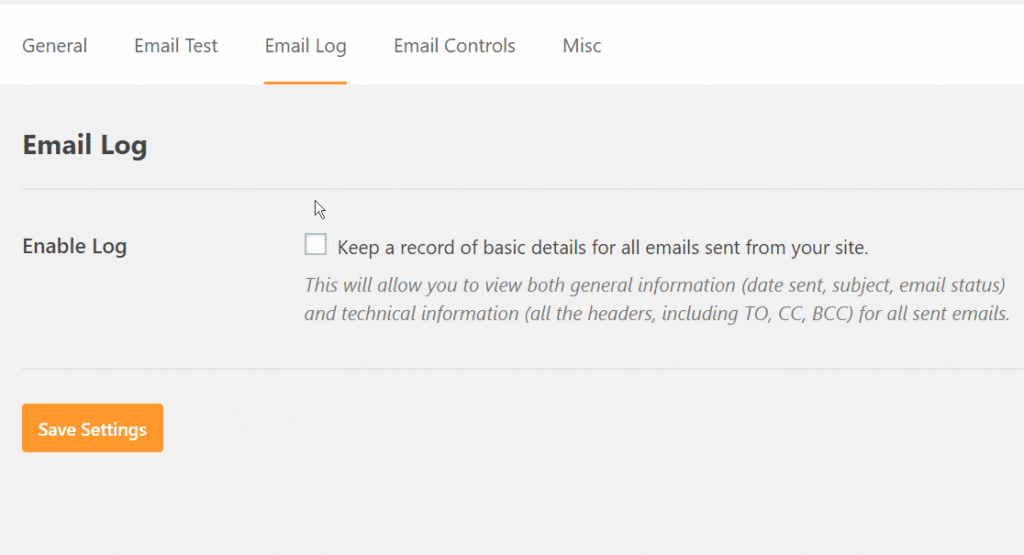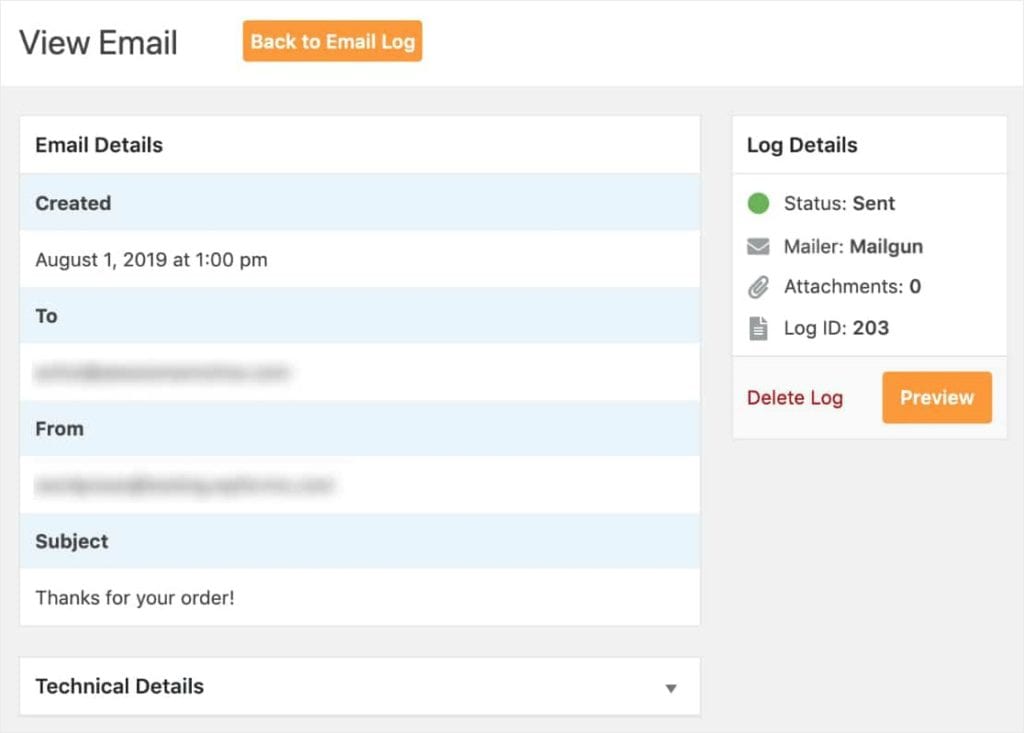You’ve put a lot of time and effort into your WordPress site. You know you need to keep it up-to-date with the latest version, but what else should you be doing? One thing that often gets overlooked is your email log. Your email log can tell you all sorts of interesting things about how people are using your website – from how many emails they might have sent out, to who their most frequent visitor is! If this sounds like something that interests you, then read on for more information.
What are WordPress Email Logs
Do you know which emails your WordPress site is sending? It’s hard to tell if you’re not sure what a log looks like.
Have you ever wandered about what emails are getting set out from your site? Do you know what email address is set up as the main WordPress email and therefore the send address for all emails? If not, it’s time to take a closer look.
Why should I check my Email Logs
With email logging enabled, you can keep records of every email that’s sent out from your website. If you have a form like a contact form, there may be form notifications that send alerts when someone fills out the form. In your email logs you can also see which visitors or admin users received which emails. Email logs can also help you make sure and verify that an email was delivered successfully. Typos happen, and if someone mistypes their emails you can see this right away by the undeliverable message. You can always verify the status in the log. Email logs also give a substantial amount of details, so you can easily view details including the time and date the email was sent.
How to Check Your WordPress Email Logs

Luckily, there is a plugin for this! You can use the WP Mail SMTP Plugin to see all sent emails from your site and how many times they’ve been opened. There is a free version of this plugin that helps WordPress have better deliverability, WP Mail SMTP Lite. Premium features including the ability to see email logs is available in the paid version of the plugin.
What other things do you want to know about the email campaigns on your WordPress site?
The WP Mail SMTP with Enable Log included will keep track of the following information:
- Date & Time Sent
- Subject Line
- Recipient Email
- From Email
- Status of Email Sent
- Number of Attachments
- Additional Technical Details
How to Set Up WP Mail SMTP Lite
WP Mail SMTP has a super helpful step-by-step setup guide, that takes you through each step. This sets up better deliverability for your emails. The free version of WP Mail SMTP does not have email logs, but this is a necessary step before looking at logs even with the premium version.
Email Log Examples
Once you have WP Mail SMTP plugin installed and setup for delivering email, you can take a deeper look at your logs in just a few steps.

Enable WordPress Email Logs
Navigate in your WordPress dashboard, to WP Mail SMTP » Settings. Select on this page, the Email Log tab.

On the Email Log tab, click the checkbox to Enable Log. Once you select this, a 2nd option will appear underneath that option called Log Email Content.
The Log Email Content option will store all the content contained within emails sent from your site. You’ll be able to find it in the email record along with the other details.
Once you have saved and things are enabled, you will see a single log entry look similar to this:

What do your logs look like?
If you would like to know more about what is happening on your site, then checking your WordPress logs might be the answer. It can help you with many problems and give insight into how people are using your site.
The makers of WPForms (my favorite form plugin) also developed a plugin called WP Mail SMTP. This plugin makes it super easy to see what is going on email-wise with your site. There are a lot of issues that can stem from emails being sent by your site, and knowing how to look into those issues and get more information can help resolve some headaches.
The WP Mail SMTP Plugin provides an easy way for anyone running a blog or other website to receive their notifications without having to worry about spam filters and other inbox considerations.


 BY TECHIE MAMMA
BY TECHIE MAMMA